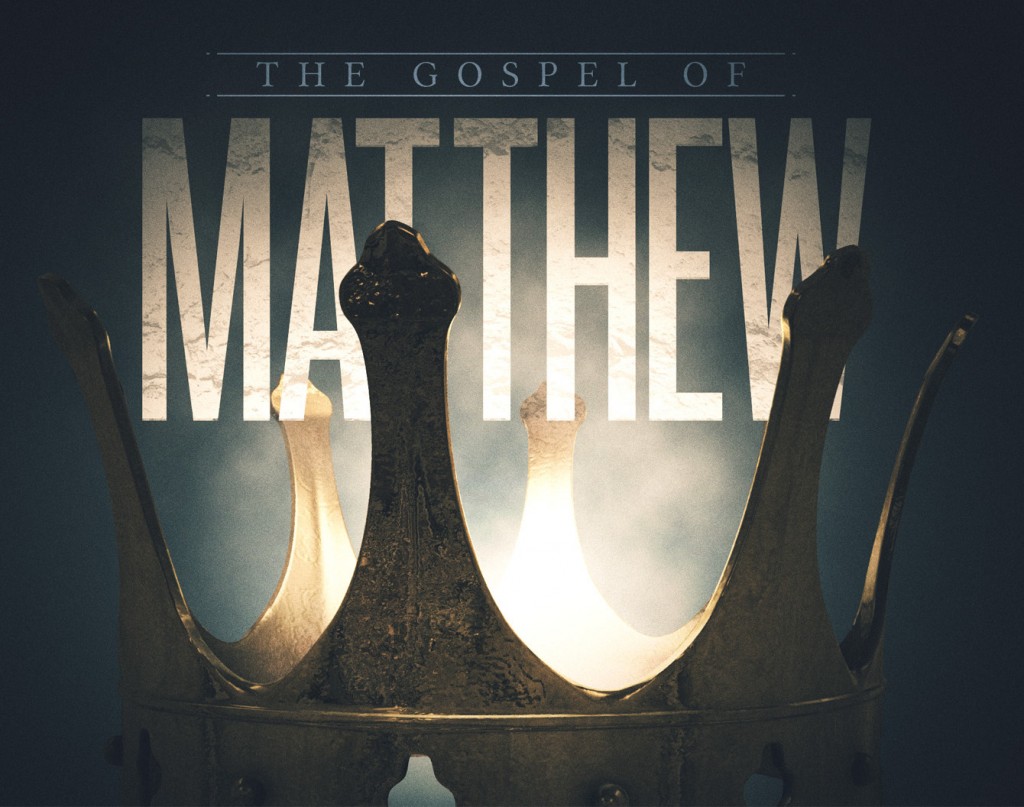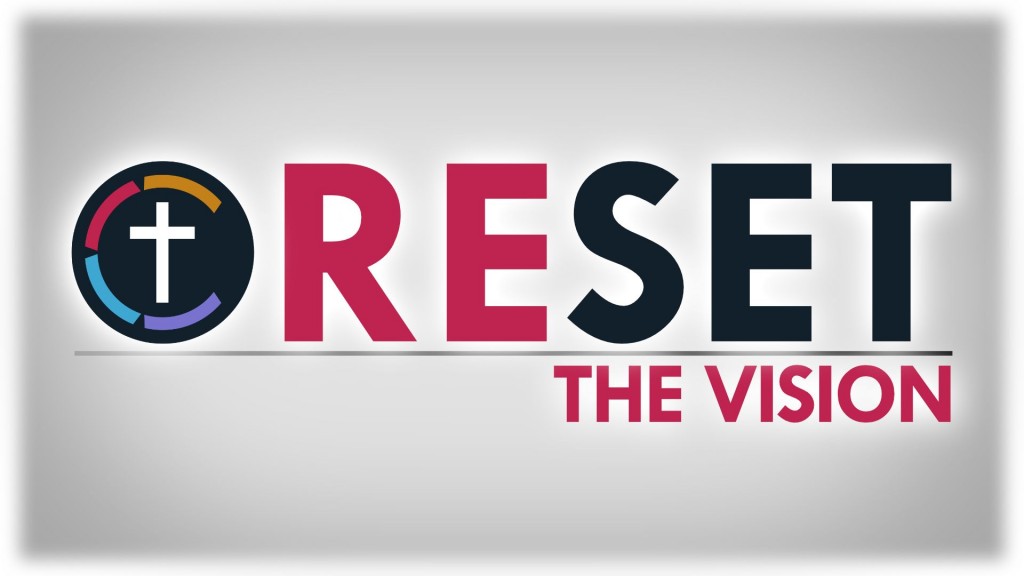
Revelation 1
1 The revelation of Jesus Christ, which God gave him to show to his servants the things that must soon take place. He made it known by sending his angel to his servant John, 2 who bore witness to the word of God and to the testimony of Jesus Christ, even to all that he saw. 3 Blessed is the one who reads aloud the words of this prophecy, and blessed are those who hear, and who keep what is written in it, for the time is near. 4 John to the seven churches that are in Asia: Grace to you and peace from him who is and who was and who is to come, and from the seven spirits who are before his throne, 5 and from Jesus Christ the faithful witness, the firstborn of the dead, and the ruler of kings on earth. To him who loves us and has freed us from our sins by his blood 6 and made us a kingdom, priests to his God and Father, to him be glory and dominion forever and ever. Amen. 7 Behold, he is coming with the clouds, and every eye will see him, even those who pierced him, and all tribes of the earth will wail on account of him. Even so. Amen. 8 “I am the Alpha and the Omega,” says the Lord God, “who is and who was and who is to come, the Almighty.” 9 I, John, your brother and partner in the tribulation and the kingdom and the patient endurance that are in Jesus, was on the island called Patmos on account of the word of God and the testimony of Jesus. 10 I was in the Spirit on the Lord’s day, and I heard behind me a loud voice like a trumpet 11 saying, “Write what you see in a book and send it to the seven churches, to Ephesus and to Smyrna and to Pergamum and to Thyatira and to Sardis and to Philadelphia and to Laodicea.” 12 Then I turned to see the voice that was speaking to me, and on turning I saw seven golden lampstands, 13 and in the midst of the lampstands one like a son of man, clothed with a long robe and with a golden sash around his chest. 14 The hairs of his head were white, like white wool, like snow. His eyes were like a flame of fire, 15 his feet were like burnished bronze, refined in a furnace, and his voice was like the roar of many waters. 16 In his right hand he held seven stars, from his mouth came a sharp two-edged sword, and his face was like the sun shining in full strength. 17 When I saw him, I fell at his feet as though dead. But he laid his right hand on me, saying, “Fear not, I am the first and the last, 18 and the living one. I died, and behold I am alive forevermore, and I have the keys of Death and Hades. 19 Write therefore the things that you have seen, those that are and those that are to take place after this. 20 As for the mystery of the seven stars that you saw in my right hand, and the seven golden lampstands, the seven stars are the angels of the seven churches, and the seven lampstands are the seven churches.
My first foray into politics was as a boy when I wrote a letter to President Ronald Reagan informing him that a girl at my school named Jennifer had told me that he was possibly the antichrist since his full name was Ronald Wilson Reagan and each of those three names has six letters: 666. I wanted to make President Reagan aware of this but also inform him that I, for one, certainly did not believe Jennifer’s allegation. One of the reasons I did not believe it was because I thought the antichrist was likely Mikhail Gorbachev since he had a big birthmark on his forehead. I do not claim that I possessed the detailed understanding of Robert Faid, of course, who wrote of the birthmark:
“When I look at the top of Gorbachev’s head, I see a red dragon and over the right eye, there’s a tail that hangs, representing stars,” says Faid. He explains that St. John, in Revelations: 12:3-4, portrays Satan in similar terms, as a “great red dragon . . . and his tail drew the third part of the stars of heaven, and did cast them to the earth. . . “
Thus, says Faid, “If Gorbachev is truly the Antichrist, Satan branded him in his mother’s womb.”[1]
All I knew was this: that birthmark was ominous and it was on his head and Gorbachev was Russian and the movie Red Dawn, among others, let me know that they were the bad guys. So it added up. I was also fairly sure that Gog and Magog from the book of Revelation were Russia and China and that the locusts of Revelation represented Apache helicopters and that the European Common Market was an ominous sign of an encroaching one world government and that the pope had to be the “Whore of Babylon” etc. etc. etc.
Such was my youthful immersion into the book of Revelation…though, not really, because, when I think back on it, I was more interested in these theories about Revelation’s application to my own mid-1980’s reality than to the book itself. Later on I began to grow a bit suspicious about the certainty that Christians had in their own interpretations of the symbolism of Revelation, including my own certainty. By the time, in college, a friend sent me an entire sermon on audiotape meticulously detailing how Prince Charles was the antichrist, I was inclined to agree with the frustrated member of that congregation who I could hear yell out from the audience on the tape: “How do you know this is true?!”
How indeed?
And this is why I approach this journey with some sense of hesitation. There is a part of me that wonders if folks in churches love what we think Revelation might say and what we want it to say more than what it actually says. Put another way, if we are not careful, this amazing book with its astonishing and, at times, terrifying images, can tempt us to a kind of eschatological voyeurism where we watch the unfolding events of calamity as we conceive of them with perverse glee.
But surely the book of Revelation was not given to titillate our imaginations. In fact, I am going to argue that it certainly was not. There is something more important than Christians being prodded by the colorful images of the apocalyptic and that something would be Christians being inspired by the greatness of Jesus Christ and His victory and promised return. So I would like to begin our journey by laying down a few promises that I want to make.
Promises for Our Journey through Revelation
- I will preach what Revelation says, not what any system of prophecy
- I will not forget the original audience who received this book.
- I will not engage in forced efforts of identifying prophesied events, people, or entities today, though I will point out where our culture seems to be evidencing what was prophesied.
- I will not overly-stress the differences between prophetic systems, though I will mention them for context.
- I will refuse to miss the forest for the trees.
These promises are as much for me as for you. I believe they will keep me honest and keep us all focused. This book is too important to be squandered by ear-tickling flights of fancy. Everything in this book is intended to exalt the Lord Jesus and encourage and strengthen His church. Toward that end, I would like to propose a thesis statement for the book of Revelation and also for our journey through it. Here it is:
Revelation reveals the victory of Jesus Christ and how that victory, culminating in Christ’s return, can embolden the faith and endurance of the church today in the fallen world order.
I believe our journey through Revelation will bear out the truthfulness of this statement. In fact, I want to show that the very first chapter of the book does so. We will break this thesis statement down into its parts as we walk through chapter 1.



